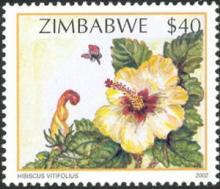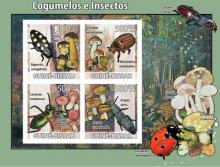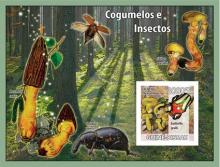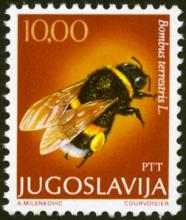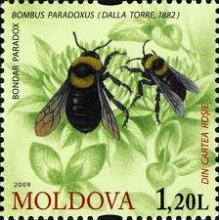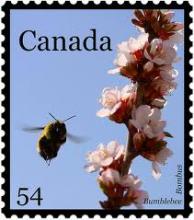Wageningen Universiteit benoemt hoogleraar Ecologie en bescherming van insecten
Onlangs heeft Wageningen Universiteit, onderdeel van Wageningen UR, dr.ir. Michiel Wallis de Vries benoemd tot buitengewoon hoogleraar Ecologie en bescherming van insecten. Het gaat om een nieuwe leerstoel bij de leerstoelgroep Entomologie van de universiteit. De leerstoel wordt gefinancierd door De Vlinderstichting, waar Wallis de Vries ook werkzaam is als senior projectleider. De leerstoel van prof. Wallis de Vries is in het leven geroepen om door kennisontwikkeling de achteruitgang van dagvlinders om te buigen tot duurzaam herstel. Insecten vertegenwoordigen de grootste soortenrijkdom op aarde en er zijn aanwijzingen dat het verlies aan biodiversiteit onder insecten sneller verloopt dan bij andere soorten. Insecten vervullen belangrijke ecologische functies. Er is daarom reden om in het onderwijs en onderzoek meer aandacht te besteden aan insecten, en meer in het bijzonder dagvlinders, bij de bescherming van de biodiversiteit.


